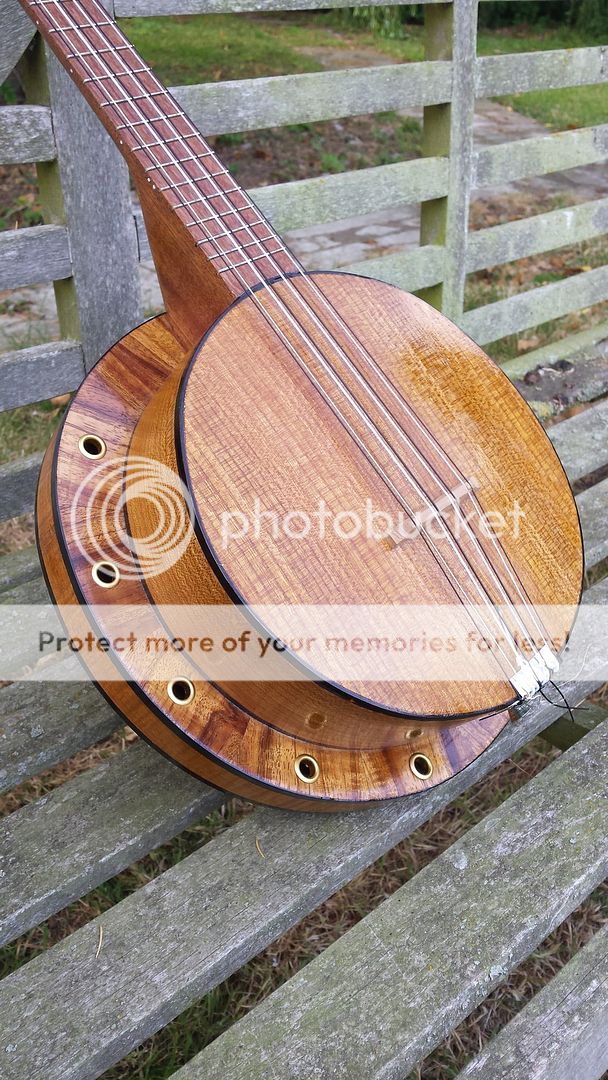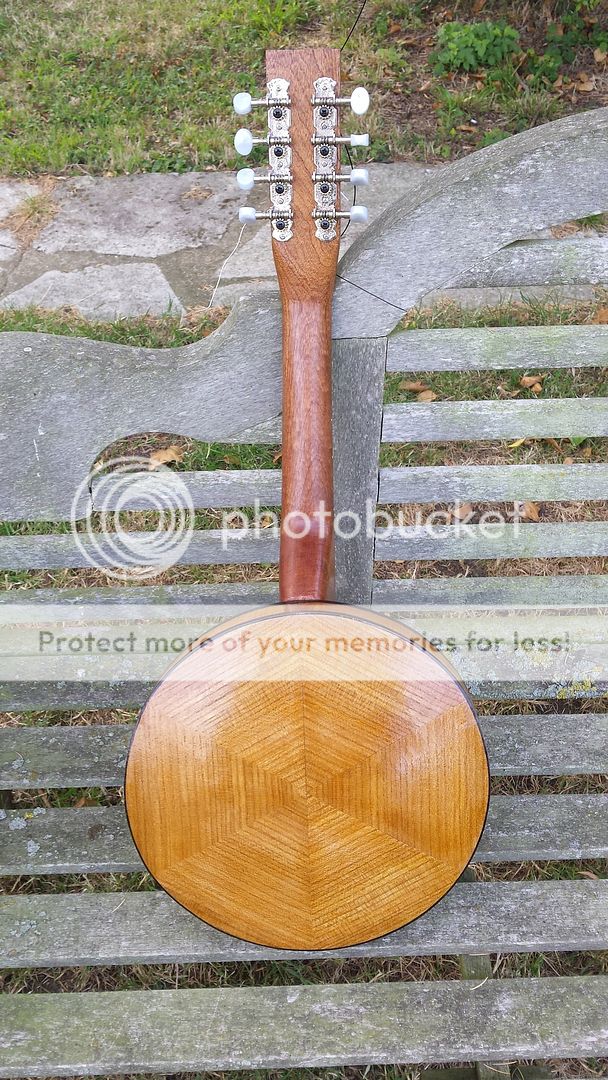Sgian Dubh
Established Member
I'm probably not the best person to ask regarding that question. I'm a furniture designer maker rather than a luthier or similar. Naturally, wood changes its form and shape as it adsorbs and desorbs water vapour, with cross grain changes, particularly tangentially, being the greatest (usually about double the movement of radially sawn wood, and longitudinal movement pretty much insignificant in most species).Tetsuaiga":2y58su06 said:I mean gluing up with regard to something like an instrument where your worried about wood movement causing damage.
In trying to picture myself dealing with the issues you raise, I suppose I'd look for the different parts being glued together to be of the same or very similar moisture content, and that moisture content being appropriate for the task. I guess wooden instruments generally should be kept and used in RH conditions of about 50% or 60%, which would result in the wood MC hovering somewhere in the region of about 9% - 11.5%. However, I'm sure many a guitar or violin experiences conditions quite different to this, e.g., playing in the open air on a rainy day.
I suppose if I needed to join different wood species I'd also try to pick two species with similar expansion factors so there's limited disparity in movement which might lead to warping or splitting. Having said that, if the joinery is cross grain, e.g., an M&T type assembly there is inevitably a differential shrinkage to consider, but here I'd try to find a wood species with small shrinkage factors if appropriate and possible: American mahogany falls into this category.
Apart from that I think I'd do as I do in furniture making, i.e., build in the expectation of movement, and build to accommodate it one way or another. Sorry I can't help more, but hopefully the fiddle, lute, guitar, etc makers will chime in with more knowledgeable suggestions. Slainte.



































